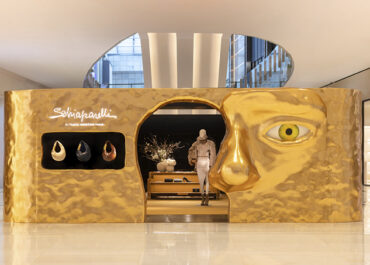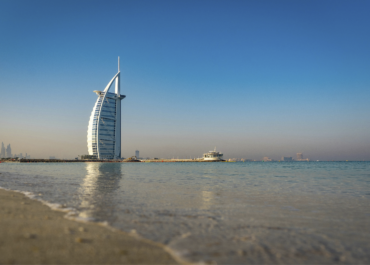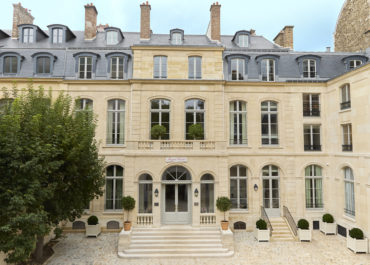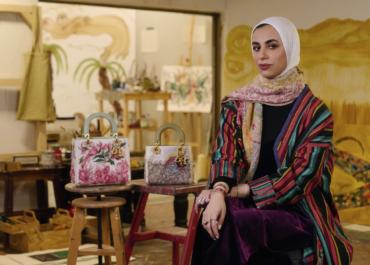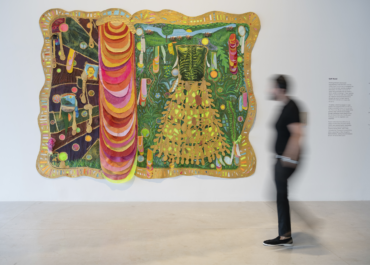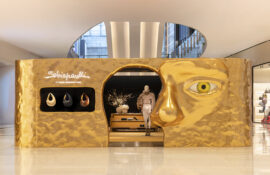Van Cleef & Arpels celebrates the centenary of the 1925 International Exhibition of Modern Decorative and Industrial Arts with Timeless Art Deco with Van Cleef & Arpels High Jewelry, a major exhibition at the Tokyo Metropolitan Teien Art Museum.
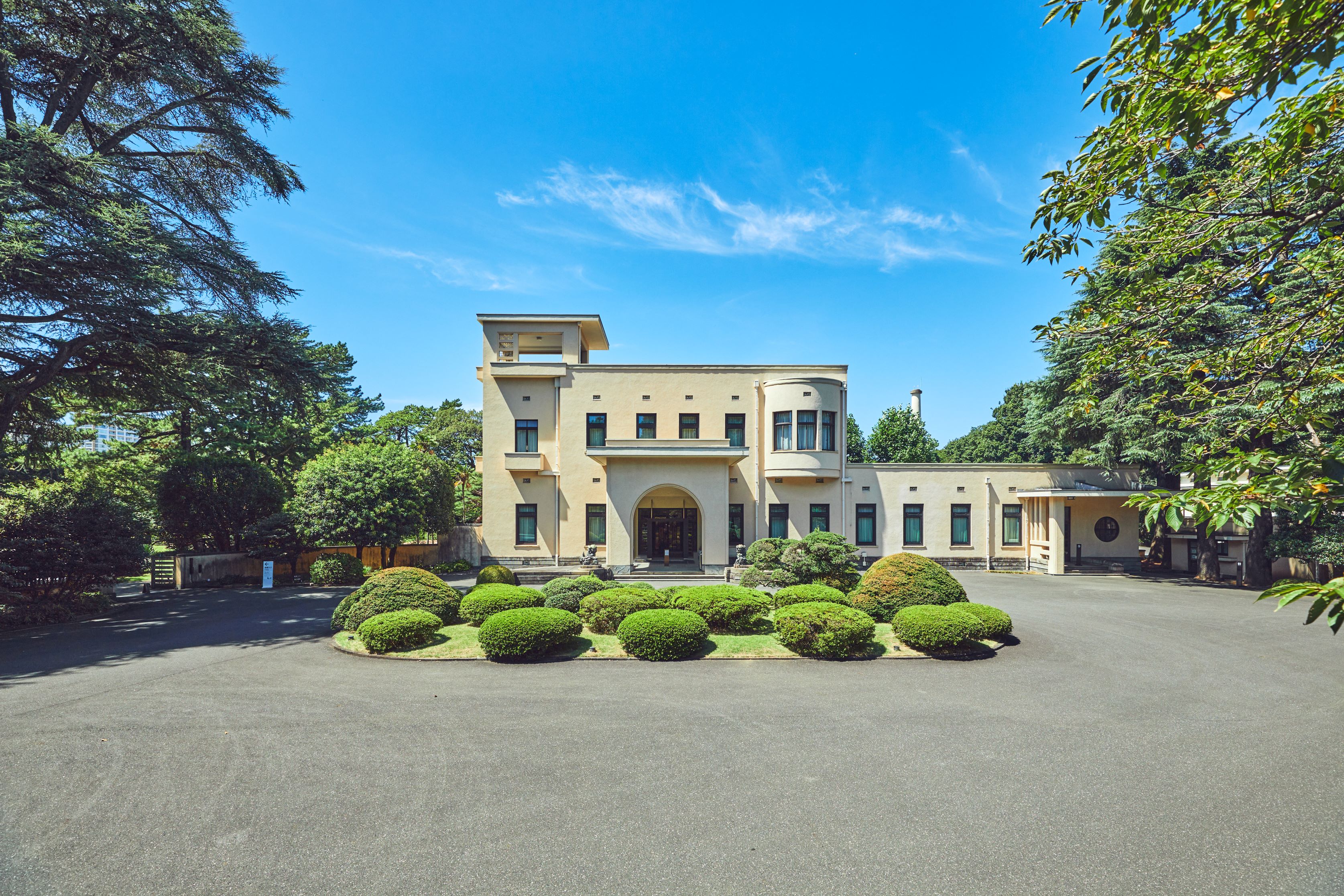
Currently open and running until the 18th January 2026, the showcase explores the Maison’s enduring relationship with the Art Deco movement and its evolution of craftsmanship across decades.
The exhibition brings together 250 creations from Van Cleef & Arpels’ patrimonial and private collections, alongside around 60 archival documents. Jewellery, timepieces and precious objects crafted between the 1910s and 1930s are displayed in the museum’s main building, while the annex highlights the Maison’s signature savoir-faire including gold work, transformability, enamel and gemstone sculpting.
Founded in Paris in 1906 following the marriage of Alfred Van Cleef and Estelle Arpels, the Maison is known for its poetic design language and technical innovation. Its Grand Prize at the 1925 Paris exhibition, awarded for pieces such as the Entwined Flowers, Red and White Roses bracelet, established Van Cleef & Arpels as a key figure in Art Deco jewellery design. This floral piece, now displayed in Tokyo, reflects the stylised natural forms that defined the period.
The exhibition is structured across four chapters. “Emergence of an Art Deco Aesthetic” examines early works, including the 1924 Entwined Flowers bracelet and Rose brooch. “Evolution towards a Singular Style” explores the Maison’s sculptural use of diamonds and platinum in pieces such as a 1929 collaret once owned by Princess Faiza of Egypt. “Modernism and Functionality” features emblematic innovations including the Camellia Minaudière (1938) and the Cadenas wristwatch (1943), designed for discretion and elegance. The final chapter, “Garden of Savoir-Faire”, presents the brand’s technical mastery through pieces like the Chrysanthemum clip (1937) and the transformable Chantilly Zip necklace (1952).
The venue itself, the former residence of Prince Asaka built in 1933, is one of Japan’s few surviving examples of original Art Deco architecture. Designed with contributions from French artists such as Henri Rapin and René Lalique, it offers a fitting setting for this retrospective.
Organised by the Tokyo Metropolitan Foundation for History and Culture and Nikkei Inc., with special cooperation from Van Cleef & Arpels, the exhibition underscores the Maison’s century-long dialogue between Parisian artistry and global design heritage.



